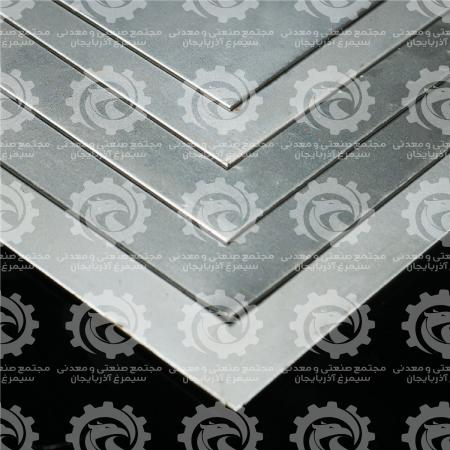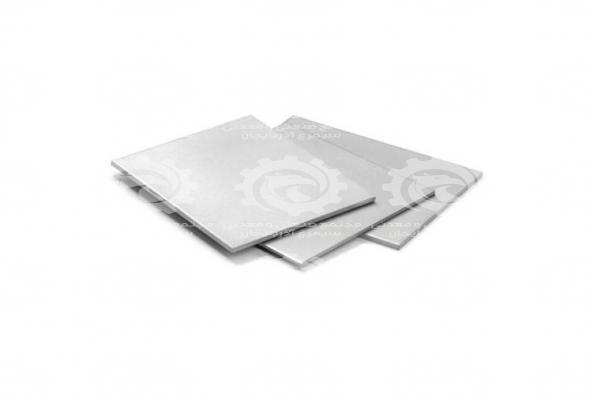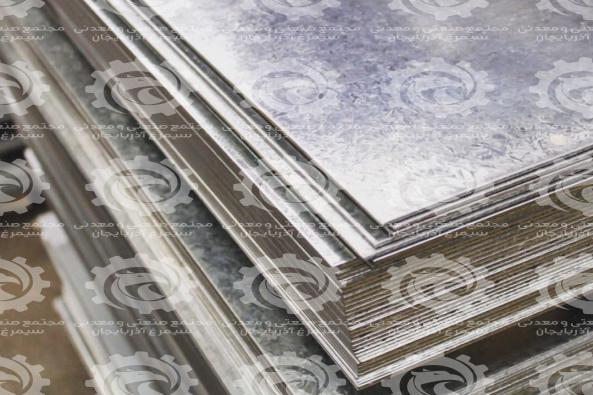The best Steel sheet distributors in 2020

Today, steel sheets are produced and supplied according to the standards of Germany, the United States and Russia, which we will discuss. The first is the German DIN standard, which is actually the most common standard for steel sheets in Iran. The second is the American ASTM standard and finally the Russian standard, which is used less than the previous two standards for the production of steel sheets. Steel sheets have different percentages of carbon, which is why they have different properties and have a special name. For more information about The best Steel sheet distributors in 2020, visit our site.

How are steel sheets made?

types of sheet metal Rolling, forging, beheading, bending, deep drawing and pulling, spinning, scaling, rotary forming, sawing and machining methods are the main methods of forming various types of steel sheets. Due to the different properties of steel sheets, each of these methods can be applied to a number of them. In terms of temperature, steel sheet forming methods are divided into two main categories, cold and hot, but most of them are cold methods.
1- Cold forming of steel sheet: In general, the strength of steel sheet, especially at ambient temperature, is higher than carbon steel, and therefore their forming operation is more difficult and the wear of related tools is more. Usually the stress required for cold forming of steel sheet, especially austenitic, is about twice that of plain steel carbon of the same thickness. Despite these points, in the industry of devices and the way of forming them, they are almost similar to carbon steel, but it is usually necessary to use devices with higher power in similar cases for steel sheets.
In addition to having higher mechanical strength than plain carbon steel, ferrite steel sheets have less hammering (especially in thick sections). Therefore, in their case, lower forming and heating speeds up to 150 degrees are recommended. Due to the high hardness coefficient, when it is necessary to apply a lot of cold work, fully baked raw materials should be used and, if necessary, between the stages of forming the baking operation should be done. This recommendation should be considered especially in the case of higher chrome steel ferrite sheets.
Austenitic steel sheets have a higher hardness coefficient compared to plain carbon steel and ferrite steel sheets. Depending on the composition of the alloy, due to cold work, the hard phase of martensite may be formed and its hardness may be higher. The percentage of nickel plays a decisive role in the hardness coefficient. 301 steel sheet has the highest and 305 steel sheet has the least hard work, and other alloys in this group are among them. Although less hard work results in less force being used to form the 305 steel sheet, the total amount of deformation to the final point (before rupture or breakage) is small. Although all austenitic steel sheets have good ductility, 302 steel sheet has the most optimal properties between deformation force (hard work) and deformation rate (area between yielding and tensile points). If a lot of deformation is required (with more force, of course), 301 steel sheet is suitable.
2. Hot forming of steel sheet: As mentioned, the main method of forming steel sheet is cold. But sometimes it is necessary to use methods such as hot rolling, hot forging and. . . Used. The main points of hot forming of steel sheet are brought in the forging section.
Distributing steel sheet in bulk at best price

Steel sheet sizes made in this way have a thickness of 1.16 to 5.16 inches and if their thickness exceeds 6 inches, they are called plates. Black sheets and galvanized sheets are called steel sheets produced by this method. Therefore, for more information about Distributing steel sheet in bulk at best price, you can visit our site.
You can contact us to buy and sell this product:
Sales consultant: Ms. Leila Nematzadeh
Ways of communication: Phone number: 02147623014
Phone number: 02147623014
 Phone number: 04133660491
Phone number: 04133660491
 Phone number: 09120169267
Phone number: 09120169267
 WhatsApp Response (Skype): click
WhatsApp Response (Skype): click
 Instagram: simurgh_steel_company@
Instagram: simurgh_steel_company@
 email: info@simurghsteelco.com
email: info@simurghsteelco.com
 email: ironore110@gmail.com
email: ironore110@gmail.com
 Facebook: ironore110@
Facebook: ironore110@
 LinkedIn: simurgh-iron-and-steel-company-a68295180@
LinkedIn: simurgh-iron-and-steel-company-a68295180@
 twitter: CoSimurgh@
twitter: CoSimurgh@

 Call number:
Call number:  Whats app:
Whats app:  Address: Salimi industrial Park, Tabriz, IRI
Address: Salimi industrial Park, Tabriz, IRI Instagram:
Instagram:  email:
email:  Facebook:
Facebook: 








